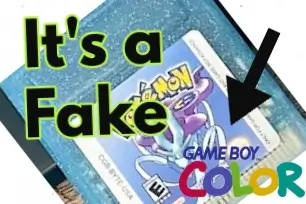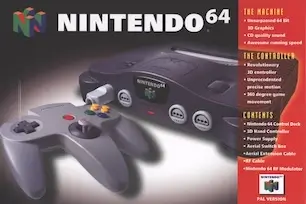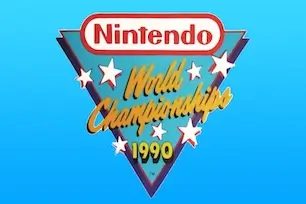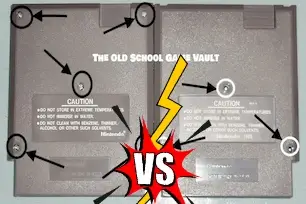Scour the farthest reaches of cyberspace, and you'll find blog posts covering almost every video game accessory ever made.
Yet one piece of console history remains surprisingly underreported: the Famicom to NES cartridge converter.
Sure, there are a few posts floating around, but most don’t fully explain what it actually is or how to find one.
🔍 Hidden NES Cartridge Secrets – TL;DR
- Hidden Adapters: Some early NES cartridges like Gyromite and Excitebike contain internal Famicom-to-NES adapters from the console’s 1985 launch.
- First Print Clues: Look for five-screw cartridges, no inner plastic tabs, and heavier weight to find these rare versions.
- Collector’s Value: These adapters are prized among retro gaming collectors and unlock access to Japanese Famicom titles on U.S. NES systems.
Let's fix that! Here’s a full guide answering the key questions about this rare and fascinating piece of gaming history.
The Table of Contents
What Is a Famicom to NES Adapter?
When the Nintendo Entertainment System (NES) launched in the U.S. in October 1985, Japanese gamers were already familiar with its predecessor: the Famicom (short for "Family Computer"). Released in Japan in 1983, the Famicom helped revive the video game industry after the infamous 1983 crash.
Computer"). Released in Japan in 1983, the Famicom helped revive the video game industry after the infamous 1983 crash.
Interestingly, Nintendo didn’t sell an official adapter to bridge Famicom games with the NES. Some early NES cartridges included an adapter to connect to Famicom games. This was a design choice made during development.
And side note — the Famicom itself was arguably a cooler-looking console. The NES had a simple grey design, while the Famicom featured a bright red-and-white color scheme that seemed more advanced for its time.
Why Do NES Famicom Adapters Even Exist?
When the NES launched in the U.S. in 1985, Nintendo used leftover 60-pin Famicom circuit boards to quickly stock shelves for the holiday season.
- To make those boards compatible with the NES’s 72-pin system, they secretly installed internal adapters inside certain game cartridges.
- Once Nintendo shifted to manufacturing dedicated 72-pin NES boards, later prints of these same titles no longer included the adapter.
"IGN's history of Nintendo's early hardware launches explains that the company put in a lot of effort to meet the demand in the U.S. in 1985. They modified leftover Famicom boards and added hidden adapters inside NES game cartridges." -- IGN, 2011
Which NES Cartridges Contain the Famicom to NES Adapter?
If you’re hunting for a nes famicom adapter, you’ll want to check early copies of these NES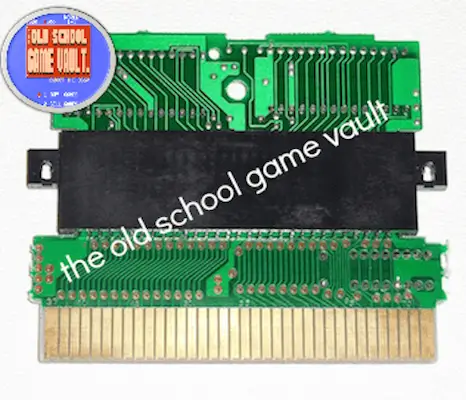 launch titles: The NES to Famicom adapters were included only in the very first production runs of these early NES games.
launch titles: The NES to Famicom adapters were included only in the very first production runs of these early NES games.
- 10-Yard Fight
- Baseball
- Clu Clu Land
- Duck Hunt
- Excitebike
- Golf
- Gyromite
- Hogan’s Alley
- Ice Climber
- Kung Fu
- Pinball
- Stack-Up
- Tennis
- Wild Gunman
- Wrecking Crew
⚡ Pro Tip: Not every cartridge from these titles has the adapter — but these are the best places to start.
"Watch Irate Gamer’s hilarious breakdown of all 17 NES launch titles here" -- Irate Gamer, 2022
Bonus: How to Spot a First Print NES Game
If you're hunting for a NES to Famicom adapter, you'll want to focus on first print editions of early NES games. Here’s how to tell if you’ve got a valuable first-run cartridge:
"As Wata Games notes in their definitive Black Box variant guide, early NES games can often be identified by the absence of "Rev-A" labels and early versions of the Nintendo Seal of Quality." -- Wata Games, 2019
1. Five-Screw Cartridges
- Early NES games typically have five screws on the back — one in each corner and one in the center.
- Later releases switched to three screws (just the bottom corners and center).
Pro Tip: If the cartridge has five screws, you're likely holding a first print!
Want to dive deeper into why NES cartridges switched from five to three screws? Check out our full guide on -- NES Cartridge Screw Variations.
2. No Plastic Tabs Inside the Shell
- First print cartridges lack plastic clip tabs inside the top of the cartridge shell.
- Later versions added these for durability and alignment.
You don’t have to fully open the cartridge — a slight peek inside might reveal the absence of tabs.
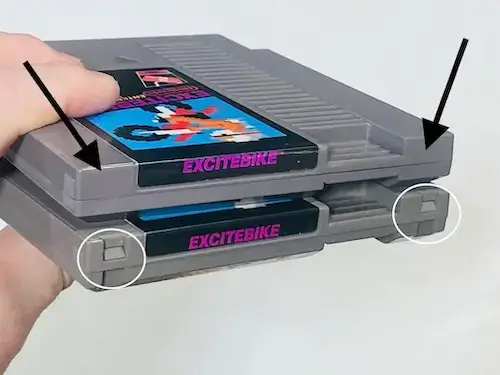
3. Heavier Cartridge Weight
Because early games sometimes contained internal adapters, first prints are heavier.
- Regular NES cartridge: ~3.8 ounces
- Adapter cartridge: ~4.5 ounces
If you have a kitchen or postal scale handy, this is a surprisingly reliable method!
Here’s a photo of my personal five-screw copy of Excitebike. After handling tens of thousands of NES games over the years, I can tell you that cartridge weight is one of the easiest early indicators — especially when you're trying to spot an internal adapter.
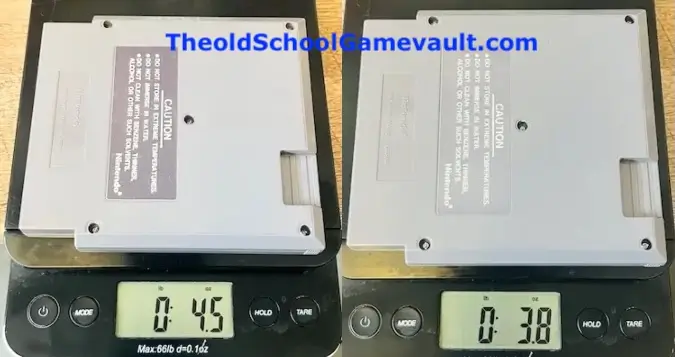
Minor label variations are a huge clue:
- Darker colors on logos (example: Gyromite Robot Series logo)
- Simpler artwork or missing elements compared to later prints
- Fewer trademarks or copyright dates listed -
- For a full breakdown of the evolution of NES labels and seals — including the black vs. white Seal of Quality — check out our Complete NES Label and Seal Guide.
Key Point: On my personal copy of Excitebike - there is no mention of [Made in Japan] Also the Model Number [NES-EX-USA] isn't present on the game with the famicom adapter
Labels evolved as Nintendo refined their printing processes — early prints are often a little "rougher."
- "Early Gyromite cartridges that have five screws are the best option for finding hidden adapters. This information comes from Benj Edwards on VintageComputing.com." -- Vintage Computing, 2005
5. Box and Manual Hints (If Available)
If you find a complete-in-box game, inspect the packaging:
- No "Rev-A" markings on the box or manual = early release
- Older versions of the "Nintendo Seal of Quality" (or no seal at all)
For more details on identifying early releases — including label, packaging, and construction clues — check out our Ultimate Guide to NES First Prints.
How Does the NES Famicom Adapter Work?
The adapter is essentially a 60-pin to 72-pin converter. You can plug a Famicom game into the adapter and then insert it into your NES.
If you’re using a top-loading NES (the NES-101 model), it’s a breeze.
If you have a regular front-loading NES, you should modify the cartridge shell or be cautious. The adapter can sometimes get stuck in the loading bay.
Collector Tip: These days, companies make modern adapters — like the popular “Honey Bee” converter — which fit directly into your NES and make playing Famicom games much easier and safer than relying on the old hidden converters.
Where Can You Find a Cartridge Converter Today?
Tracking one down can be tricky. Since they were hidden inside early NES games and never sold separately, the easiest way is to buy an old copy of Gyromite, Ice Climber, or another launch title and open it up carefully.
Alternatively, you can sometimes find standalone NES to Famicom converters on retro gaming marketplaces, but expect to pay a around $50.
Why the NES to Famicom Adapter Still Matters
For hardcore collectors and retro gamers, these adapters are like finding a hidden Easter egg from Nintendo’s golden age. They bridge the gap between two iconic systems and unlock access to the massive Famicom game library that many Western players never got to experience.
If you love retro games or want to discover Japanese titles, a NES to Famicom adapter can give you access to many new 8-bit adventures.
Frequently Asked Questions
What is a Famicom adapter?
- A Famicom adapter lets you use Famicom games on a North American NES console.
- It changes the 60-pin Famicom connector to fit the 72-pin NES connector.
What is a Famicom to NES controller adapter?
- It lets players use Famicom-style controllers with an NES system, or vice versa.
Which NES games have a hidden Famicom adapter?
- Launch titles like Gyromite, Ice Climber, Golf, and Hogan’s Alley are known to sometimes contain the hidden converter inside the cartridge.
What's the difference between NES and Famicom?
- The NES uses a 72-pin connector and a front-loading design.
- The Famicom uses a 60-pin connector and a top-loading design.
- They share similar hardware but differ in appearance and game cartridges.
The Wrap Up -
The NES to Famicom converter is more than just a collectible; it represents an important time in gaming history. This adapter shows how creativity and new ideas can connect different cultures and experiences. As a passionate retro gamer who has sought out these adapters myself, I can attest to the thrill of discovering the hidden gems tucked away in early NES cartridges.
Many collectors I've met often focus on acquiring the original release cartridges that include an adapter. However, not many seem interested in using these adapters to play Famicom games. You can still purchase an original Famicom system for a reasonable price in used marketplaces.
Let's explore the world of Famicom games together. We can unlock the nostalgia and excitement of these classic cartridges!
Join the Adventure: Share Your Finds!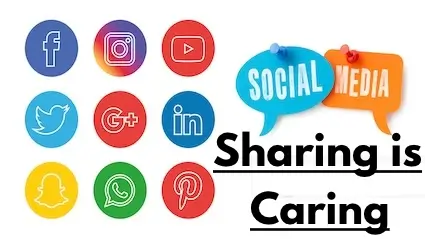
Your journey into the world of NES to Famicom adapters starts here! Check your collection for those early NES cartridges---you might discover some hidden treasures! Once you find an adapter or any vintage gems, we want to hear from you!
Please share your findings and experiences on social media with the hashtag #NESToFamicomAdventure. Connect with fellow retro gaming fans and inspire others to join the hunt. Let's celebrate gaming history together and keep the passion for classic gaming alive!




